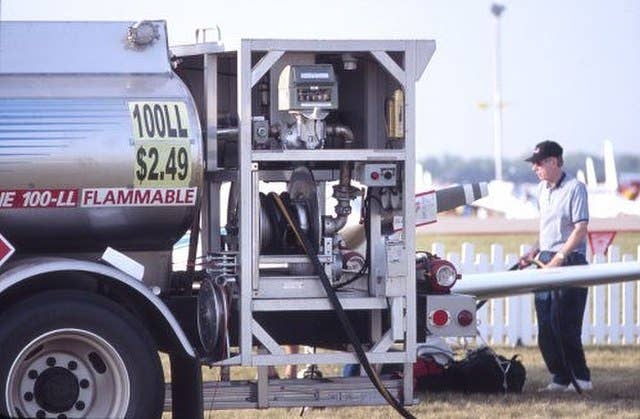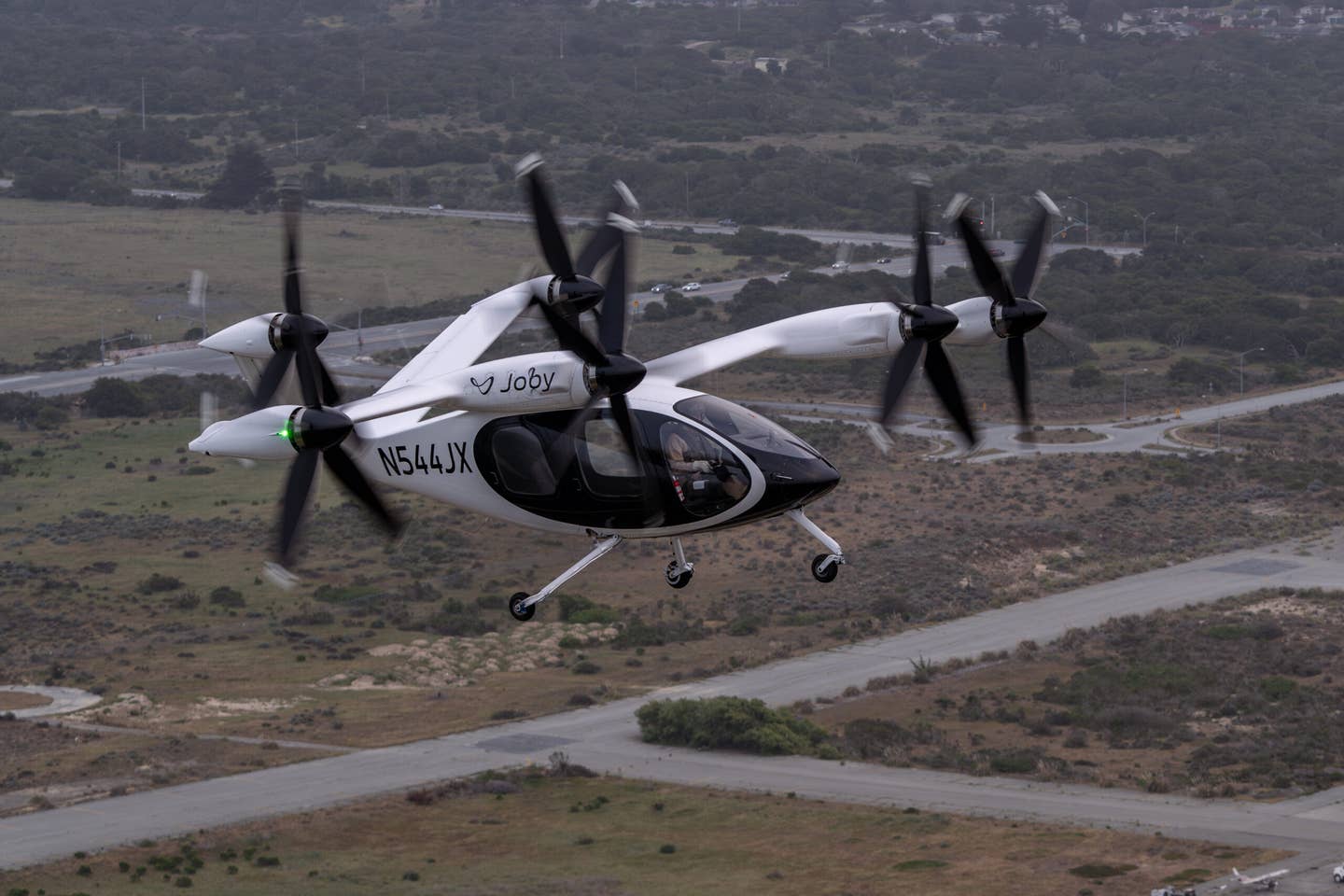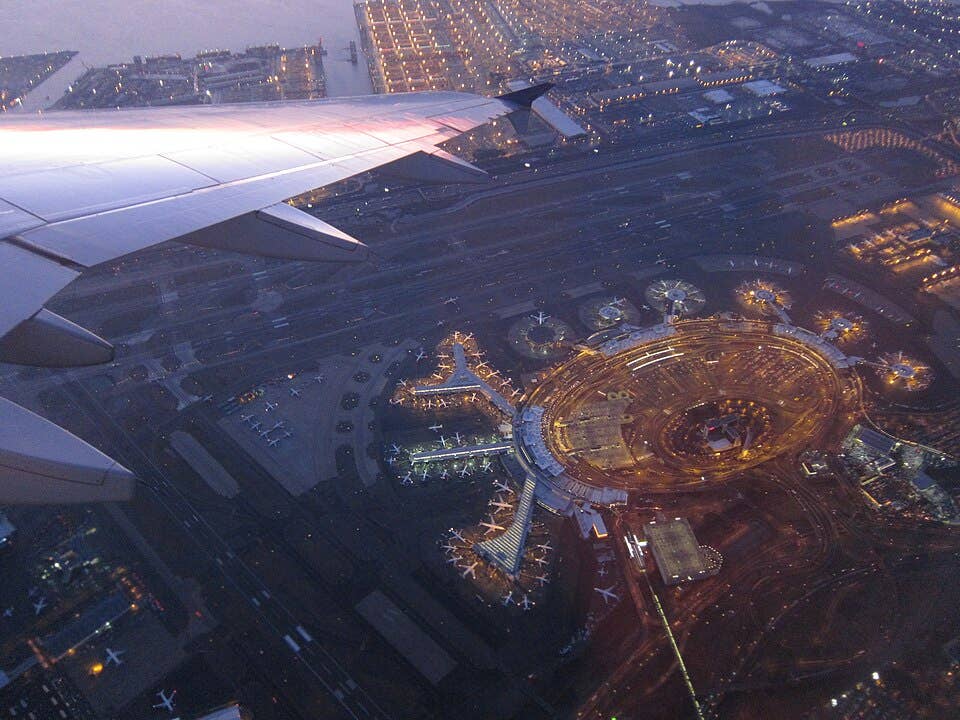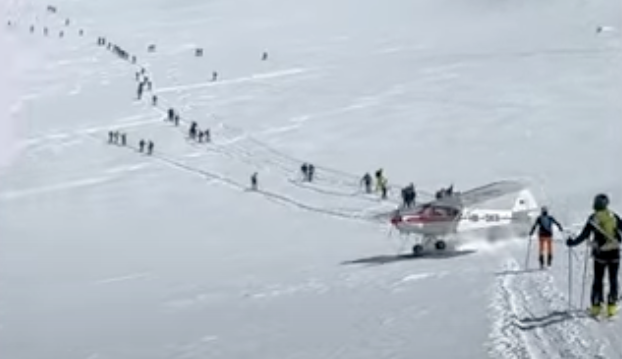NTSB Urges Better Prop Inspections
After investigating a few aluminum propeller failures, the NTSB has issued a Safety Alert and it’s particularly addressing backcountry pilots. “Aluminum propeller blades can be susceptible to fatigue cracking and…
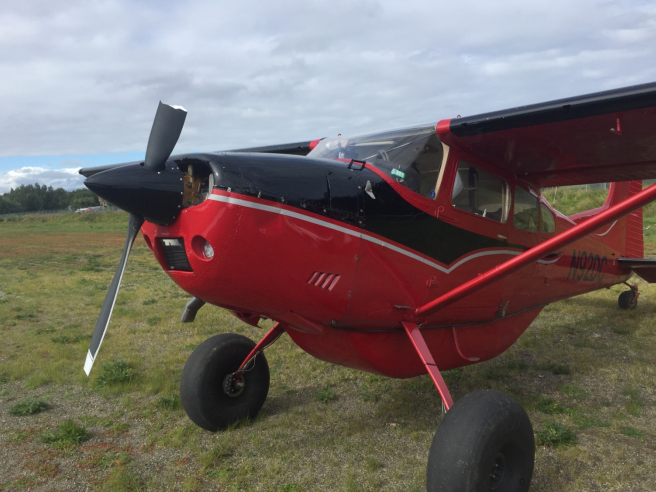
After investigating a few aluminum propeller failures, the NTSB has issued a Safety Alert and it's particularly addressing backcountry pilots. "Aluminum propeller blades can be susceptible to fatigue cracking and fracture if a small nick, pit, or corrosion on the surface or edge is not found and repaired during preflight inspection or maintenance," the NTSB said in the alert. "Such damage can concentrate stress from normal airplane operation loads, resulting in fatigue crack initiation and growth followed by propeller blade fracture."
The board wants to remind pilots to carefully inspect the prop during each walkaround and get the prop fixed if nicks or cracks are found. It's also trying to prompt mechanics to make thorough prop inspections part of every annual. Backcountry and aerial spray aircraft are more susceptible because of the increased risk of damage on unimproved runways. But not all blade failures are on Cubs and Cessna taildraggers. The board recently dealt with a Beech 58 Baron that shed a blade on a recent flight. It had last been overhauled eight years previously when it should have been serviced after five years. "If the recommended overhaul had been performed, the corrosion pits that led to fatigue crack initiation would likely have been detected and removed, preventing the blade separation," the alert said.


